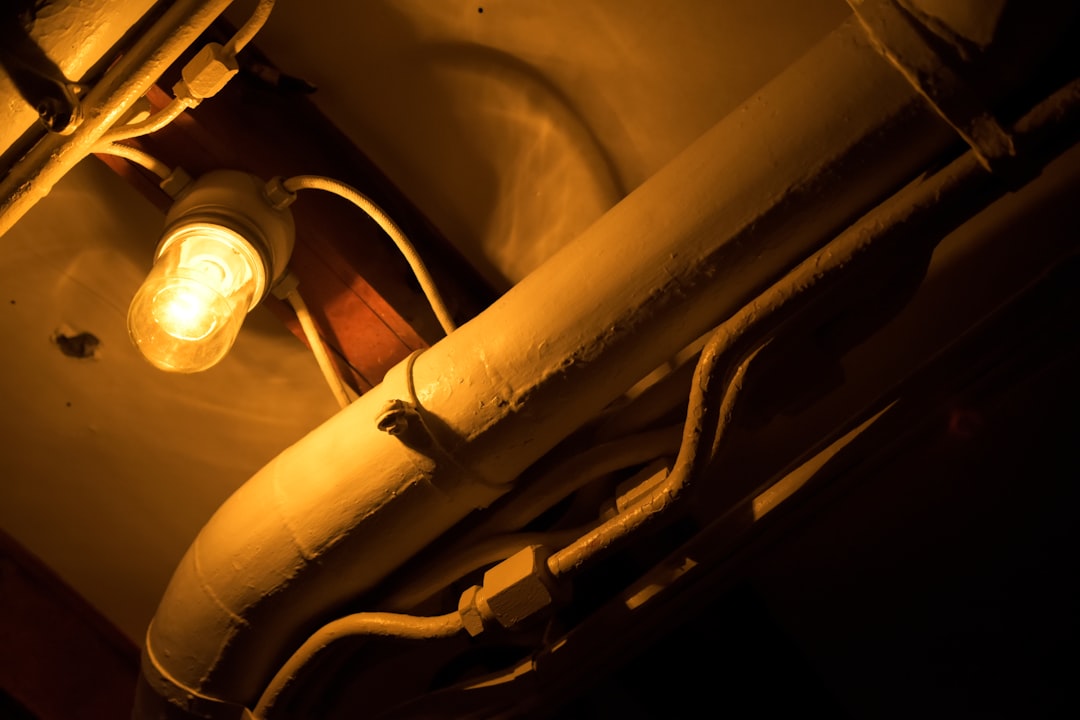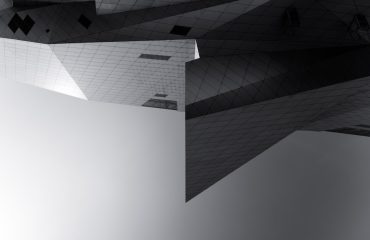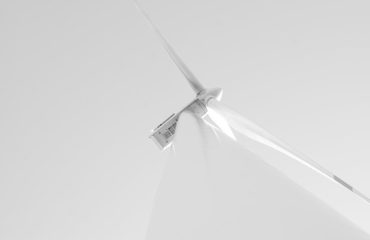Radiographic inspection (RT) is a crucial non-destructive testing (NDT) method used to detect internal flaws and imperfections in pipelines. This powerful technique utilizes penetrating radiation – either X-rays or gamma rays – to create images revealing hidden defects that could compromise the integrity of the pipe and lead to costly failures. This comprehensive guide delves into the intricacies of radiographic inspection in pipes, exploring its various aspects and applications.
Understanding the Principles of Radiographic Pipe Inspection
Radiographic inspection leverages the principle of differential absorption of radiation. When X-rays or gamma rays pass through a material, their intensity is reduced depending on the material’s density and thickness. Denser areas, like metal, absorb more radiation, while less dense areas, such as voids or cracks, absorb less. A detector placed on the opposite side of the pipe records the varying intensities of the transmitted radiation. This data is then processed to create a radiograph – a two-dimensional image revealing variations in density within the pipe. These variations indicate potential defects like:
- Weld defects: Porosity, cracks, slag inclusions, incomplete penetration.
- Corrosion: Internal and external corrosion thinning.
- Erosion: Material loss due to fluid flow.
- Manufacturing defects: Inclusions, laminations.
The choice between X-ray and gamma ray sources depends on factors like pipe diameter, material thickness, and accessibility. Gamma rays are preferred for thicker materials and field applications due to their higher penetration power, while X-rays are often utilized for thinner materials and in controlled laboratory environments.
Techniques Employed in Radiographic Pipe Inspection
Several techniques are employed in radiographic pipe inspection, each suited to specific situations and pipe configurations. These include:
- Single-wall exposure: The radiation source is positioned on one side of the pipe, and the film or detector on the other. This is suitable for detecting defects on the pipe wall facing the radiation source.
- Double-wall exposure: The radiation source is positioned on one side of the pipe, and the film or detector on the opposite side. This technique reveals defects in both walls of the pipe simultaneously.
- Panoramic exposure: Used for inspecting long lengths of pipe, this method involves moving the radiation source along the pipe while the film or detector remains stationary. This technique provides a continuous image of the pipe section.
- Real-time radiography (RTR): RTR uses digital detectors to provide immediate image feedback, significantly reducing inspection time and allowing for immediate assessment of the results.
The selection of the appropriate technique depends on the specific application, the type of defects expected, and the accessibility of the pipe.
Benefits and Limitations of Radiographic Pipe Inspection
Radiographic inspection offers several advantages, including its ability to detect a wide range of internal flaws, regardless of their orientation. It provides a permanent record of the inspection, allowing for future reference and analysis. The technique is also highly sensitive and can detect even small flaws that could potentially lead to catastrophic failures. However, it also has certain limitations:
- Cost: RT can be relatively expensive, especially for large-scale projects.
- Safety concerns: The use of ionizing radiation requires strict adherence to safety protocols and necessitates specialized training and equipment.
- Accessibility: Access to the pipe for radiation source and detector placement can be challenging in certain situations.
- Two-dimensional images: RT provides only two-dimensional images, which can sometimes make it difficult to interpret the exact nature and location of certain defects.
- Limited portability: Some RT equipment can be bulky and difficult to transport to remote locations.
Safety Precautions in Radiographic Pipe Inspection
Safety is paramount in radiographic inspection. The use of ionizing radiation necessitates stringent safety protocols to protect personnel and the environment. These protocols include:
- Radiation shielding: Appropriate shielding materials, such as lead, are used to protect personnel from radiation exposure.
- Radiation monitoring: Radiation levels are continuously monitored using dosimeters and other monitoring devices.
- Restricted access: Access to the inspection area is restricted to authorized personnel only.
- Proper training: Personnel involved in RT must receive thorough training on radiation safety procedures and the proper use of equipment.
- Emergency procedures: Clear emergency procedures must be in place to handle any unforeseen incidents.
Adherence to these safety measures is crucial to minimize the risk of radiation exposure and ensure the safety of all personnel involved.
Applications of Radiographic Pipe Inspection Across Industries
Radiographic pipe inspection finds widespread application across various industries where pipeline integrity is critical. These include:
- Oil and gas industry: Inspection of pipelines transporting crude oil, natural gas, and refined products.
- Chemical processing industry: Inspection of pipelines carrying corrosive chemicals and other hazardous materials.
- Power generation industry: Inspection of pipelines used in nuclear power plants and other power generation facilities.
- Water and wastewater treatment: Inspection of pipelines transporting water and wastewater.
- Construction industry: Inspection of pipelines used in various construction projects.
The ability of radiographic inspection to detect subtle flaws makes it an indispensable tool for ensuring the safe and reliable operation of pipelines in these and other critical applications.
In conclusion, radiographic inspection is a powerful and versatile technique for assessing the integrity of pipes. While it has limitations, its ability to reveal hidden defects significantly contributes to preventing costly failures and ensuring safety. Understanding its principles, techniques, safety precautions, and applications is crucial for anyone involved in pipeline maintenance and inspection.
Tags: radiographic inspection, pipe inspection, NDT, non-destructive testing, pipeline inspection, radiography




